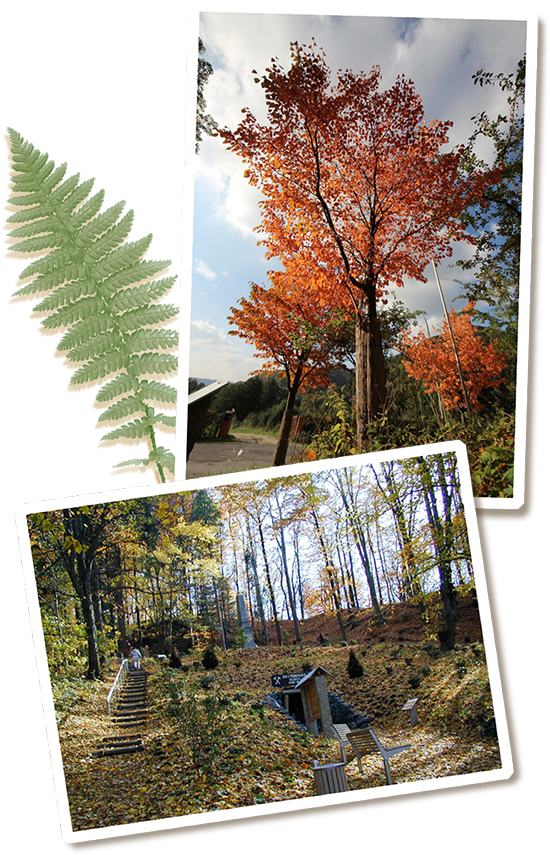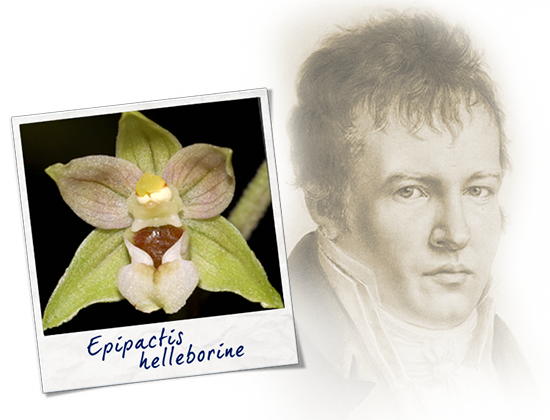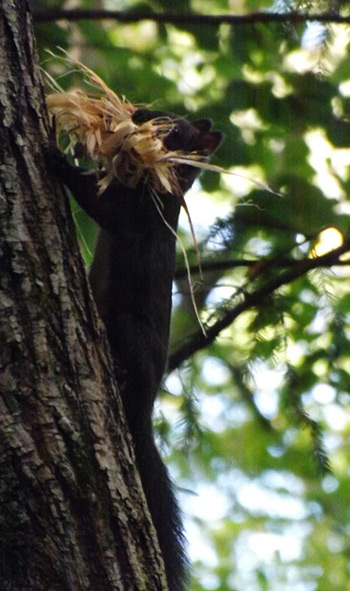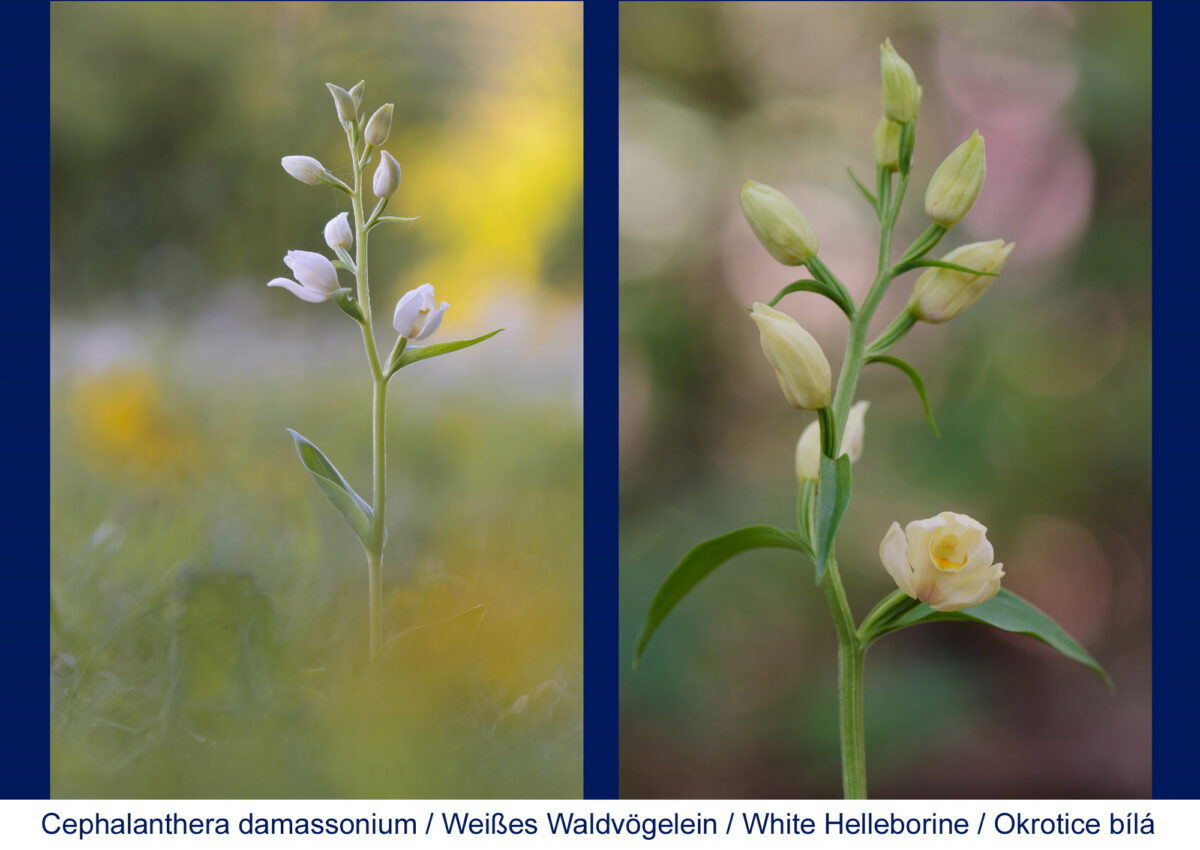

Dendrological garden
A dendrological garden is dedicated to the collection and study of wooded plants (trees, shrubs and woody vines). Rother Park contains a fascinating collection of trees and shrubs from around the world, some of which have ‘escaped’ and been seeded in the gardens of Bad Berneck.
The dendrological garden also contains an entrance to a medieval mine. Alexander Humboldt used this mine for testing new mining equipment. For more about Humboldt, visit Goldkronach for the full Humboldt experience!

From Mine to Landscape Park
The dendrological garden in Rother Park, Bad Berneck, is named after its creator, William Rother. He bought the ugly rubble heap from the former alum mine and turned it into a park with deciduous and coniferous trees from around the world. Rother brought back more than 50 different species of exotic trees from his extensive world travel.
Established and laboriously planted in the middle of the 19th century, a large part of its collection is already well over 100 years old.
A trail leads through the hilly terrain. There are information boards about the botanical rarities.
Alexander von Humboldt, the famous natural scientist, was head of the mining industry in the two principalities of Bayreuth – Ansbach from 1792 to 1797.
At that time, an alum mine was in operation on this hill. Here, Humboldt tried out a breathing apparatus and a miner’s lamp he had designed — at great risk to his own life.
More detailed information about Humboldt and a film about the experiment with the miner’s lamp can be found in Goldkronach – visit QR 29 and QR 33.
TIP:
Guided tours through the park take place regularly between May and October.
Introduction to the Dendrological Gardens
by biologist Gabi Wenz
Wild Blooming Orchids in the Dendrological Garden
Wild orchids bloom not only in the tropics, but also in Bad Berneck in May and July. The soil structure in the Dendrological Garden is perfectly suited to many orchid species, thanks to the diabase (sub-volcanic) rock founations.
Three different types of orchids grow here:
In May, the White Helleborine and the Bird’s Nest Orchid are in bloom.
One of the orchid species is nourished completely by soil fungus and therefore has no chlorophyll.
In July, wasps and hoverflies frequent the broad-leaved for pollination.
All orchid species are strictly protected and must not be picked or dug up.
By Florian Fraaß
Visit QR 16 for more on flora and fauna!
Autumn Impressions
A gallery of photographs depicting the gardens in autumn.

Travel Diary 2013
To be honest, gardens might not capture my imagination as much as other particular sites. I read the literature, which is available here in large quantities, yet it is still all in German. It informs me that many of the plants and trees come from all over the world and I appreciate this fact contemplating the process behind this and the overall coming together of each differing plant species.
Nevertheless, I do know that many other people will have differing opinions on plant life than I and really appreciate this garden at a biological level. My mother in particular would spend hours inspecting each plant species and consider whether each one would look right in her garden.
Yet, as I write I do realise how peaceful it is here. My only other company is a squirrel rustling around in the trees above me, possibly wandering why I have come to disturb his peace. Eventually, I consider that a mutual agreement has been reached: me sitting writing on a bench, the squirrel sat attentively in his tree
Matt Bather, History Student in Liverpool (UK)
























